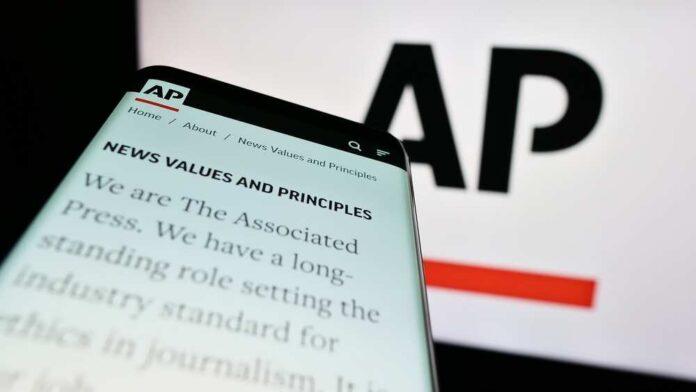
The cost of attending some colleges in the U.S. is rising to exorbitant levels, with some private colleges charging as much as $95,000 per year.
The Associated Press reported this week that more than 2 million high school students are set to graduate in the next few months, with many of them set to face extremely high expenses related to higher education.
Many private colleges are now exceeding a $90,000 threshold for tuition, board, meals and other expenses — which marks the first time in history that college has gotten this expensive. It’s not just that elite institutions that are charging high rates, though, as even those considered “middle of the pack” are getting out of reach financially.
This level of cost means that it could cost more than $1 million to send three children to a four-year college.
Colleges counter this sticker shock by saying that many students never pay anywhere close to this amount due to generous financial aid systems. Colleges that have large endowments, for instance, have been focusing on making college more affordable for students who don’t come from a wealthy family.
The AP reported, for instance, that lower-income families may only pay 10% of the advertised rate for a college, making these private institutions a lot cheaper than even state colleges.
Phillip Levine, who works at Wellesley College as a professor of economics, commented on this by saying:
“Ninety thousand dollars clearly is a lot of money, and it catches people’s attention, for sure. But, for most people, that is not how much they’re going to pay. The existence of a very generous financial aid system lowers that cost substantially.”
Wellesley is one college where wealthy families will need to pony up more than $90,000 come the fall 2024 semester, with the average price tag reaching $92,000. Yet, the college says that almost 60% of students there will receive some form of financial aid.
School officials report that the average financial aid amount totals more than $62,000, meaning that the actual cost to attend their school for many is only about one-third of the advertised rate.
That sounds great in theory, of course, but there are major obstacles to that. The biggest one is a significant delay and major problems that the U.S. Department of Education has been experiencing with its new online financial aid form.
Many colleges use this form — known as the FAFSA — to make determinations on how much financial aid students should be offered.
Financial aid expert Mark Kantrowitz said:
“The rollout has been pure chaos and an absolute disaster.”
Levine added that he is worried that the high advertised price of many colleges could actually deter some students from applying to those institutions — even if they would end up paying much less than that. As he explained:
“People should be making educational decisions based on the actual cost they have to pay, not their perceived cost. The problem is that the sticker price is the easiest number to know. It gets the most attention.”













